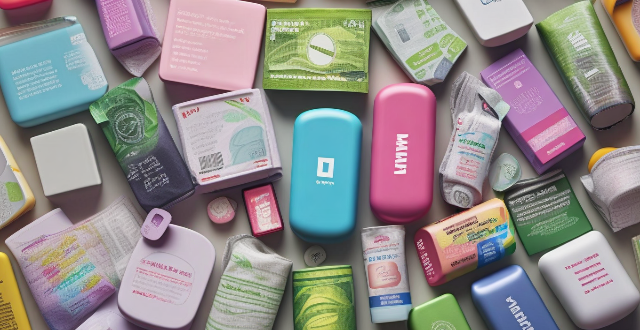High-capacity power banks have become increasingly popular for charging mobile devices, but concerns about their safety persist. Overheating, short circuits, and low-quality batteries are among the main risks. To use high-capacity power banks safely, users should choose reputable brands, avoid overcharging, provide proper ventilation, keep them away from water, perform regular maintenance, and dispose of them properly when they're no longer needed.

Are High-Capacity Power Banks Safe to Use?
High-capacity power banks are becoming increasingly popular as people rely more on their mobile devices for work, entertainment, and communication. However, there is a common concern about the safety of using these high-powered devices. In this article, we will explore the safety aspects of high-capacity power banks and provide some tips on how to use them safely.
Safety Concerns
Overheating
One of the main safety concerns with high-capacity power banks is overheating. When a power bank is charging multiple devices simultaneously or charging a device with a high wattage, it can generate a lot of heat. If not properly ventilated, this heat can cause damage to the internal components of the power bank, potentially leading to a fire or explosion.
Short Circuit
Another potential hazard is short circuiting. If the power bank's circuitry is faulty or if it comes into contact with water or other conductive materials, it can short out, causing damage to both the power bank and the connected devices.
Low-Quality Batteries
The quality of the batteries used in a power bank also plays a crucial role in its safety. Low-quality batteries may have a higher risk of malfunctioning, leaking chemicals, or even catching fire.
Tips for Safe Use
Choose a Reputable Brand
When purchasing a high-capacity power bank, it's essential to choose one from a reputable brand that has undergone rigorous testing and meets safety standards. Look for certifications such as UL (Underwriters Laboratories), CE (Conformité Européene), or FCC (Federal Communications Commission).
Avoid Overcharging
To prevent overheating, avoid leaving your power bank plugged in once it has reached full charge. Most modern power banks have built-in protection mechanisms that prevent overcharging, but it's still a good practice to unplug them when they're fully charged.
Proper Ventilation
Ensure that your power bank has proper ventilation while charging. Avoid placing it under blankets, pillows, or other materials that could trap heat.
Keep Away from Water
High-capacity power banks should be kept away from water and other liquids to prevent short circuiting. If your power bank does come into contact with water, immediately disconnect it from any devices and allow it to dry completely before using again.
Regular Maintenance
Inspect your power bank regularly for any signs of damage or wear. If you notice any cracks, dents, or other issues, stop using it immediately and consider replacing it.
Dispose of Properly
When it's time to dispose of your old power bank, don't just throw it in the trash. Many electronics stores offer recycling programs for old batteries and power banks. Check with your local retailer or municipality for proper disposal options.
In conclusion, while there are some safety concerns associated with high-capacity power banks, following these tips can help ensure that you use them safely and effectively. By choosing a reputable brand, avoiding overcharging, providing proper ventilation, keeping them away from water, performing regular maintenance, and disposing of them properly, you can minimize the risks associated with these powerful devices.